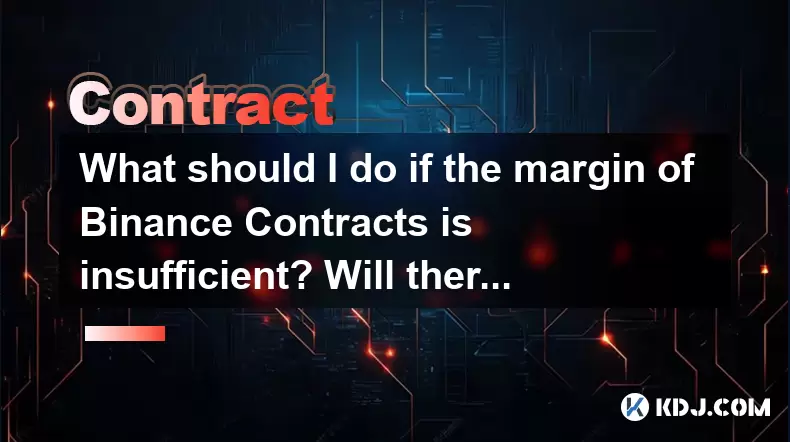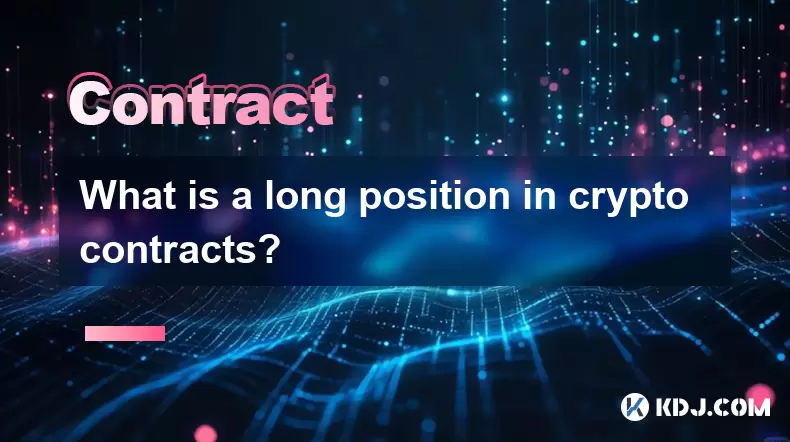-
 Bitcoin
Bitcoin $116300
2.01% -
 Ethereum
Ethereum $3815
5.35% -
 XRP
XRP $3.071
4.46% -
 Tether USDt
Tether USDt $1.000
0.02% -
 BNB
BNB $776.2
1.67% -
 Solana
Solana $173.0
5.70% -
 USDC
USDC $0.9999
0.00% -
 TRON
TRON $0.3389
1.14% -
 Dogecoin
Dogecoin $0.2125
5.92% -
 Cardano
Cardano $0.7627
5.16% -
 Hyperliquid
Hyperliquid $39.00
4.42% -
 Stellar
Stellar $0.4122
5.07% -
 Sui
Sui $3.654
7.22% -
 Chainlink
Chainlink $17.31
5.47% -
 Bitcoin Cash
Bitcoin Cash $582.2
4.28% -
 Hedera
Hedera $0.2521
3.53% -
 Ethena USDe
Ethena USDe $1.001
0.01% -
 Avalanche
Avalanche $22.77
3.47% -
 Litecoin
Litecoin $119.6
2.53% -
 UNUS SED LEO
UNUS SED LEO $8.944
-0.49% -
 Toncoin
Toncoin $3.288
3.95% -
 Shiba Inu
Shiba Inu $0.00001261
3.78% -
 Uniswap
Uniswap $10.12
5.80% -
 Polkadot
Polkadot $3.761
4.23% -
 Dai
Dai $1.000
-0.01% -
 Monero
Monero $285.1
-2.37% -
 Bitget Token
Bitget Token $4.387
1.43% -
 Cronos
Cronos $0.1476
5.88% -
 Pepe
Pepe $0.00001080
4.75% -
 Ethena
Ethena $0.6374
11.58%
What should I do if the margin of Binance Contracts is insufficient? Will there be a liquidation?
If your margin on Binance Futures is insufficient, add more funds, reduce position size, or close losing trades to avoid liquidation and protect your account.
May 16, 2025 at 06:01 pm

If you find yourself facing an insufficient margin situation on Binance Contracts, understanding the implications and how to manage this scenario is crucial. Insufficient margin on Binance Futures means that the funds in your account are not enough to meet the maintenance margin requirements for your open positions. This situation can lead to liquidation if not addressed promptly. In this article, we will delve into what you should do when your margin is insufficient and explore the liquidation process on Binance Contracts.
Understanding Margin and Maintenance Margin
Binance Futures uses a margin system to allow traders to leverage their positions. Margin is the amount of funds you need to open and maintain a leveraged position. Maintenance margin is the minimum amount of margin required to keep your position open. If your account balance falls below this maintenance margin, you enter a state of insufficient margin.
What Happens When Margin is Insufficient?
When your margin becomes insufficient, you are at risk of liquidation. Liquidation is the process by which Binance automatically closes your position to prevent further losses when your account balance falls below the maintenance margin level. This is done to protect both the trader and the platform from negative account balances.
Steps to Take When Margin is Insufficient
If you notice that your margin is insufficient, here are the steps you should take to address the situation:
- Monitor Your Positions: Keep a close eye on your open positions and their performance. Use tools like the Binance Futures TradingView chart to track your positions in real-time.
- Add More Margin: If possible, add more funds to your account to increase your margin. This can be done by transferring funds from your spot wallet to your futures wallet.
- Reduce Position Size: If adding more margin is not an option, consider reducing the size of your open positions. This can be done by closing part of your position to lower the required margin.
- Close Losing Positions: If a position is consistently losing value and contributing to your insufficient margin, it might be wise to close it entirely to prevent further losses and potential liquidation.
How to Add More Margin to Your Binance Futures Account
To add more margin to your Binance Futures account, follow these steps:
- Log in to your Binance account and navigate to the Binance Futures section.
- Click on the "Transfer" button located at the top of the page.
- Select "Futures" as the destination and choose the cryptocurrency you want to transfer.
- Enter the amount you wish to transfer and confirm the transaction. The funds will be added to your futures wallet, increasing your available margin.
Understanding the Liquidation Process
Liquidation on Binance Futures occurs when your account balance falls below the maintenance margin level. Here’s how the process works:
- Partial Liquidation: If your position is large enough, Binance may opt for partial liquidation, where only a portion of your position is closed to bring your account back above the maintenance margin level.
- Full Liquidation: If partial liquidation is not sufficient, or if your position is too small, Binance will execute a full liquidation, closing your entire position.
- Liquidation Price: This is the price at which your position will be liquidated. You can find this information on the Binance Futures platform for each of your open positions.
How to Avoid Liquidation
To avoid liquidation, you can take several proactive steps:
- Set Stop-Loss Orders: Use stop-loss orders to automatically close your position at a predetermined price level, helping to limit potential losses.
- Use Trailing Stops: Trailing stops can help you lock in profits while still allowing your position to benefit from favorable market movements.
- Regularly Monitor Your Margin Level: Keep an eye on your margin level and add more funds or adjust your positions as needed to stay above the maintenance margin.
What to Do After a Liquidation
If your position is liquidated, here are some steps to consider:
- Review Your Trading Strategy: Analyze what led to the liquidation and adjust your trading strategy accordingly. Consider factors like position size, leverage, and market volatility.
- Rebuild Your Margin: Once you have reviewed your strategy, you can start rebuilding your margin by adding more funds or opening new positions with a more conservative approach.
- Learn from the Experience: Use the liquidation as a learning opportunity to improve your trading skills and risk management practices.
Frequently Asked Questions
Q: Can I avoid liquidation by adding more margin after receiving a margin call?
A: Yes, if you receive a margin call and add more margin to your account before your position reaches the liquidation price, you can avoid liquidation. It's crucial to act quickly in such situations.
Q: What happens to my funds after a liquidation?
A: After a liquidation, any remaining funds in your account will be available for withdrawal or use in new trades. If your account balance goes negative due to liquidation, Binance will cover the deficit, but you may be restricted from trading until the negative balance is resolved.
Q: How can I calculate my liquidation price on Binance Futures?
A: You can calculate your liquidation price using the formula provided by Binance: Liquidation Price = (Entry Price - (Maintenance Margin Requirement / Leverage) * Entry Price) / (1 - (Maintenance Margin Requirement / Leverage)). Alternatively, you can find the liquidation price for each of your positions directly on the Binance Futures platform.
Q: Is there a way to set up alerts for when my margin is getting close to the insufficient level?
A: Yes, you can set up custom alerts on the Binance Futures platform to notify you when your margin level approaches the insufficient level. Navigate to the "Alerts" section, set the conditions for your alert, and choose how you want to be notified (e.g., email, SMS).
Disclaimer:info@kdj.com
The information provided is not trading advice. kdj.com does not assume any responsibility for any investments made based on the information provided in this article. Cryptocurrencies are highly volatile and it is highly recommended that you invest with caution after thorough research!
If you believe that the content used on this website infringes your copyright, please contact us immediately (info@kdj.com) and we will delete it promptly.
- BlockchainFX, Bitcoin Swift, Crypto Presales: What's the Hype?
- 2025-08-07 19:10:13
- SHIB Community at Crossroads: Shytoshi Kusama's Leadership Under Scrutiny as Elections Loom
- 2025-08-07 18:30:13
- IREN Overtakes: A New King in the Bitcoin Miner Hashrate Race?
- 2025-08-07 16:31:29
- Memecoins Mania: Whales Eye Pepe Dollar (PEPD) as Bonk Cools Off, While MoonBull Hogs the Spotlight!
- 2025-08-07 16:51:17
- Unilabs, PEPE, and Investment Risk: Navigating the Crypto Hype
- 2025-08-07 16:31:29
- Meme Coin Mania: Rug Pulls, CZ-Inspired Tokens, and the Wild West of Crypto
- 2025-08-07 16:57:14
Related knowledge

What programming languages are used for smart contracts?
Aug 07,2025 at 06:07pm
Understanding Smart Contracts and Their Execution EnvironmentSmart contracts are self-executing programs deployed on blockchain networks that automati...

What is a long position in crypto contracts?
Aug 07,2025 at 06:29pm
Understanding the Concept of a Long Position in Crypto ContractsA long position in crypto contracts refers to a trading strategy where a trader buys a...

Why is my Bitstamp futures position being liquidated?
Jul 23,2025 at 11:08am
Understanding Futures Liquidation on BitstampFutures trading on Bitstamp involves borrowing funds to open leveraged positions, which amplifies both po...

How to report Bitstamp futures for taxes?
Jul 30,2025 at 08:35am
Understanding Bitstamp Futures and Taxable EventsWhen trading Bitstamp futures, it’s essential to recognize that these financial instruments are treat...

Does Bitstamp offer inverse contracts?
Jul 23,2025 at 01:28pm
Understanding Inverse Contracts in Cryptocurrency TradingIn the realm of cryptocurrency derivatives, inverse contracts are a specific type of futures ...

What is the difference between futures and perpetuals on Bitstamp?
Jul 27,2025 at 05:08am
Understanding Futures Contracts on BitstampFutures contracts on Bitstamp are financial derivatives that allow traders to speculate on the future price...

What programming languages are used for smart contracts?
Aug 07,2025 at 06:07pm
Understanding Smart Contracts and Their Execution EnvironmentSmart contracts are self-executing programs deployed on blockchain networks that automati...

What is a long position in crypto contracts?
Aug 07,2025 at 06:29pm
Understanding the Concept of a Long Position in Crypto ContractsA long position in crypto contracts refers to a trading strategy where a trader buys a...

Why is my Bitstamp futures position being liquidated?
Jul 23,2025 at 11:08am
Understanding Futures Liquidation on BitstampFutures trading on Bitstamp involves borrowing funds to open leveraged positions, which amplifies both po...

How to report Bitstamp futures for taxes?
Jul 30,2025 at 08:35am
Understanding Bitstamp Futures and Taxable EventsWhen trading Bitstamp futures, it’s essential to recognize that these financial instruments are treat...

Does Bitstamp offer inverse contracts?
Jul 23,2025 at 01:28pm
Understanding Inverse Contracts in Cryptocurrency TradingIn the realm of cryptocurrency derivatives, inverse contracts are a specific type of futures ...

What is the difference between futures and perpetuals on Bitstamp?
Jul 27,2025 at 05:08am
Understanding Futures Contracts on BitstampFutures contracts on Bitstamp are financial derivatives that allow traders to speculate on the future price...
See all articles

























































































